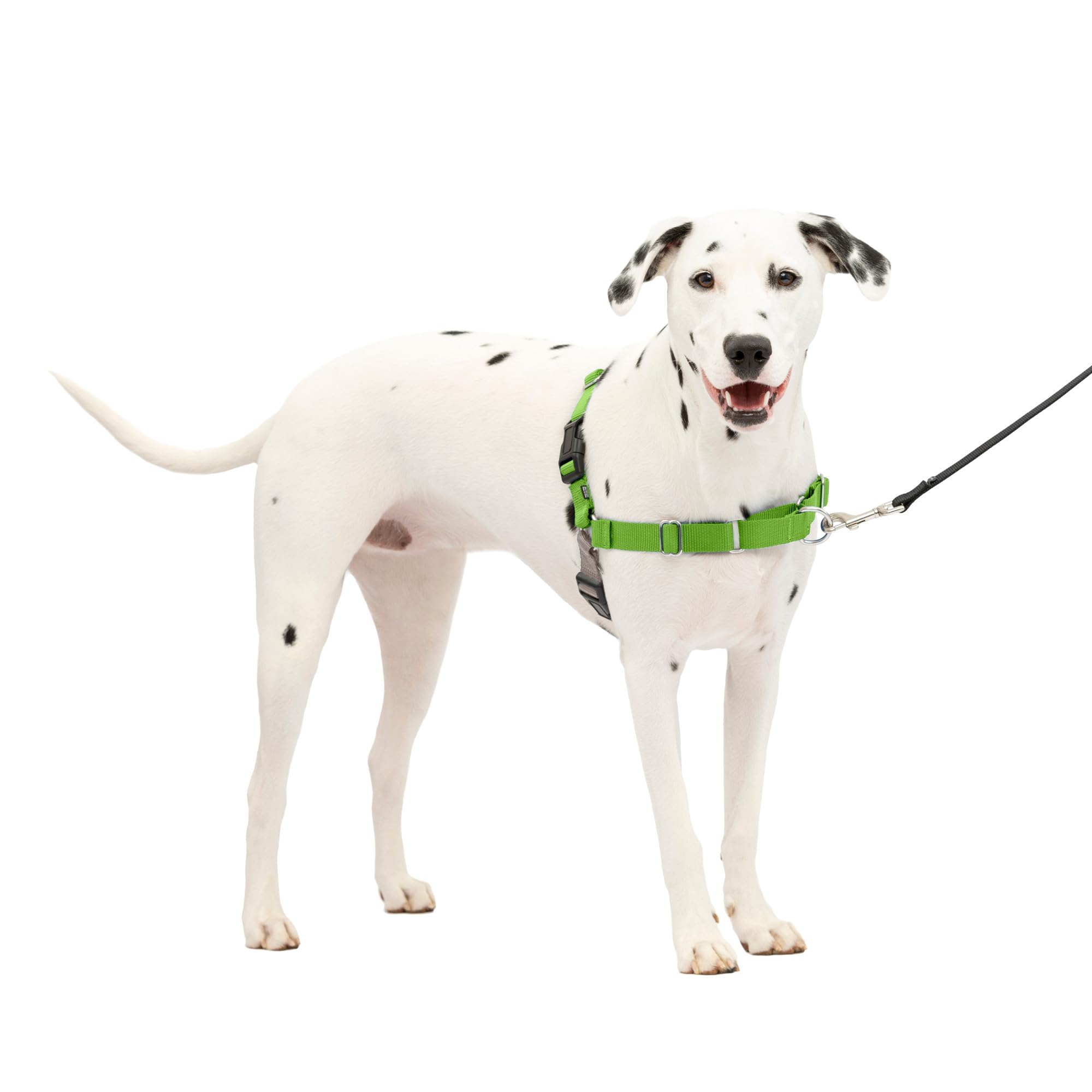Introduction: Understanding Leash Pulling Behavior
Leash pulling is a common issue faced by many dog owners, causing frustration and making walks unpleasant. However, it’s essential to understand that leash pulling is a natural behavior for dogs, often driven by excitement, curiosity, or a desire to explore. Fortunately, with patience, consistency, and the right training techniques, leash pulling can be effectively addressed, allowing you and your dog to enjoy walks together without the struggle.

The Importance of Positive Reinforcement Training
Positive reinforcement training is a highly effective approach for addressing leash pulling behavior in dogs. This training method involves rewarding desired behaviors, such as walking calmly on a loose leash, with treats, praise, or toys. By positively reinforcing the behavior you want to encourage, you can motivate your dog to repeat it willingly.
Start Early: Puppy Training Basics
The earlier you start training your dog to walk politely on a leash, the better. Puppyhood is an ideal time to begin teaching leash manners, as young dogs are more adaptable and eager to learn. Introduce your puppy to wearing a collar and leash gradually, using positive reinforcement to associate the equipment with enjoyable experiences.

Mastering the Basics: Teaching Loose Leash Walking
Teaching your dog to walk on a loose leash is fundamental for addressing leash pulling behavior. Start in a quiet, familiar environment, and use treats or a favorite toy to encourage your dog to walk beside you with a slack leash. Whenever your dog begins to pull, stop walking and wait for them to return to your side before continuing.
Use Proper Equipment: Choosing the Right Leash and Collar
The type of leash and collar you use can significantly impact your dog’s walking behavior. Opt for a sturdy, comfortable leash of appropriate length, such as a six-foot nylon or leather leash. Consider using a front-clip harness or head halter, which can provide better control and discourage pulling without causing discomfort.
Consistency is Key: Establishing Clear Expectations
Consistency is crucial when training your dog to walk politely on a leash. Set clear expectations for leash manners and enforce them consistently during every walk. Avoid allowing pulling behavior intermittently, as this can confuse your dog and undermine the training progress you’ve made.

Practice Patience and Persistence
Training your dog to walk politely on a leash requires patience and persistence. Remember that learning new behaviors takes time, and setbacks are normal. Stay calm and patient, and celebrate small successes along the way. With consistent practice and positive reinforcement, your dog will gradually improve their leash manners.
Manage Distractions and Redirect Attention
Dogs are naturally curious creatures, and distractions during walks can trigger leash pulling behavior. Be proactive in managing distractions by walking in quieter areas or using barriers to minimize visual stimuli. Additionally, teach your dog a “watch me” or “leave it” command to redirect their attention back to you when they become distracted.
Enrichment and Mental Stimulation
Incorporating enrichment activities and mental stimulation into your dog’s daily routine can help reduce excess energy and curb leash pulling behavior. Provide interactive toys, engage in training sessions, and vary your walking routes to keep your dog mentally engaged and satisfied.

Seek Professional Guidance if Needed
If you’re struggling to address leash pulling behavior despite your best efforts, don’t hesitate to seek professional guidance from a certified dog trainer or behaviorist. They can assess your dog’s behavior, provide personalized training recommendations, and offer additional support and guidance to help you achieve your training goals.
Enjoy the Journey: Building a Stronger Bond
Training your dog to walk politely on a leash is not only about addressing behavior issues but also about building a stronger bond and fostering mutual trust and respect. Embrace the training process as an opportunity to deepen your connection with your dog and enjoy the journey of learning and growth together.
Exercise Regularly and Burn Off Energy
Regular exercise is essential for maintaining your dog’s physical and mental well-being, which can significantly impact their behavior during walks. Before embarking on a walk, engage your dog in play or a brisk game of fetch to help burn off excess energy. A tired dog is less likely to pull on the leash and more inclined to walk calmly by your side.

Stay Attuned to Body Language
Learning to interpret your dog’s body language can provide valuable insights into their state of mind and help you anticipate and address potential triggers for leash pulling. Watch for signs of tension, excitement, or anxiety, such as stiffening, pulling towards stimuli, or excessive panting. By staying attuned to your dog’s cues, you can proactively manage their behavior and prevent leash pulling episodes.
Foster Trust Through Positive Associations
Building trust and confidence in your relationship with your dog is crucial for successful leash training. Create positive associations with the leash and walking experiences by pairing them with enjoyable activities, such as treats, praise, or a favorite game. By associating the leash with positive outcomes, you can help your dog feel more relaxed and willing to walk calmly by your side.
Practice Desensitization to Distractions
Desensitization exercises can help reduce your dog’s reactivity to common distractions encountered during walks, such as other dogs, cyclists, or loud noises. Gradually expose your dog to these stimuli at a distance where they remain calm and focused, rewarding calm behavior with treats and praise. Over time, gradually decrease the distance and increase exposure to help your dog become more confident and less reactive on walks.
Stay Patient and Consistent
Above all, remember that training takes time, patience, and consistency. Avoid becoming frustrated or discouraged if progress seems slow, and celebrate even the smallest victories along the way. Stay consistent with your training efforts, reinforcing desired behaviors consistently and gently redirecting or correcting undesirable ones. With dedication and perseverance, you and your dog will make great strides in overcoming leash pulling behavior.
Conclusion: Achieving Harmony on Walks
Addressing leash pulling behavior requires dedication, patience, and a commitment to positive reinforcement training techniques. By starting early, using proper equipment, and maintaining consistency, you can teach your dog to walk politely on a leash and enjoy stress-free walks together. Remember to celebrate progress, seek professional guidance if needed, and most importantly, cherish the bond you share with your canine companion as you embark on this training journey.










